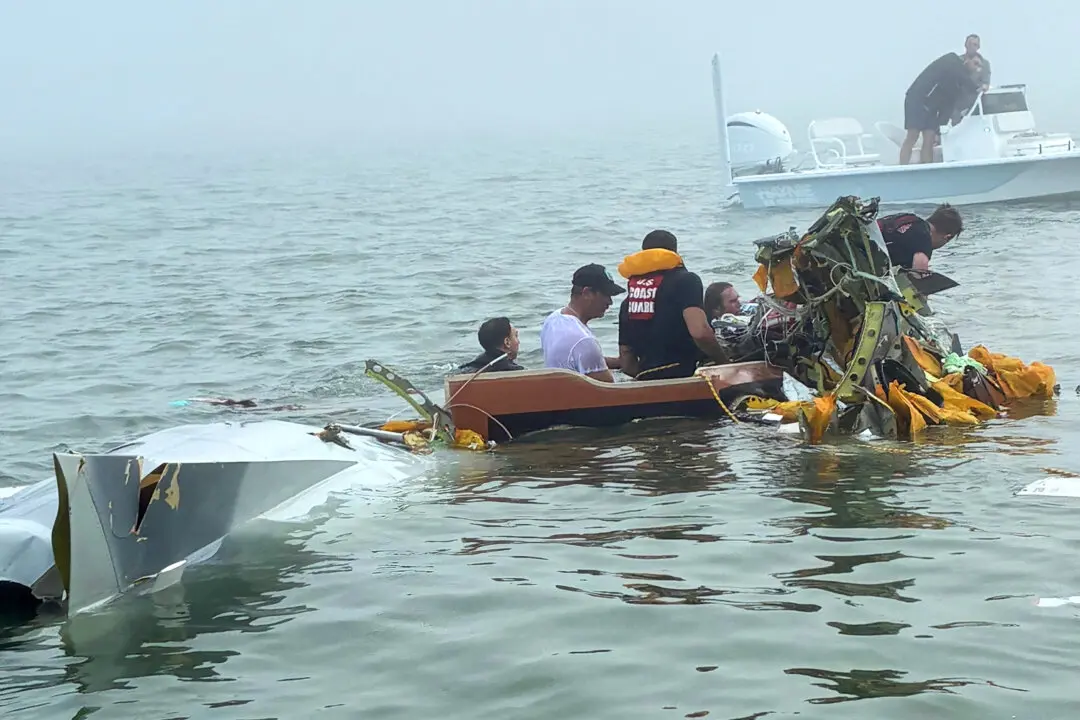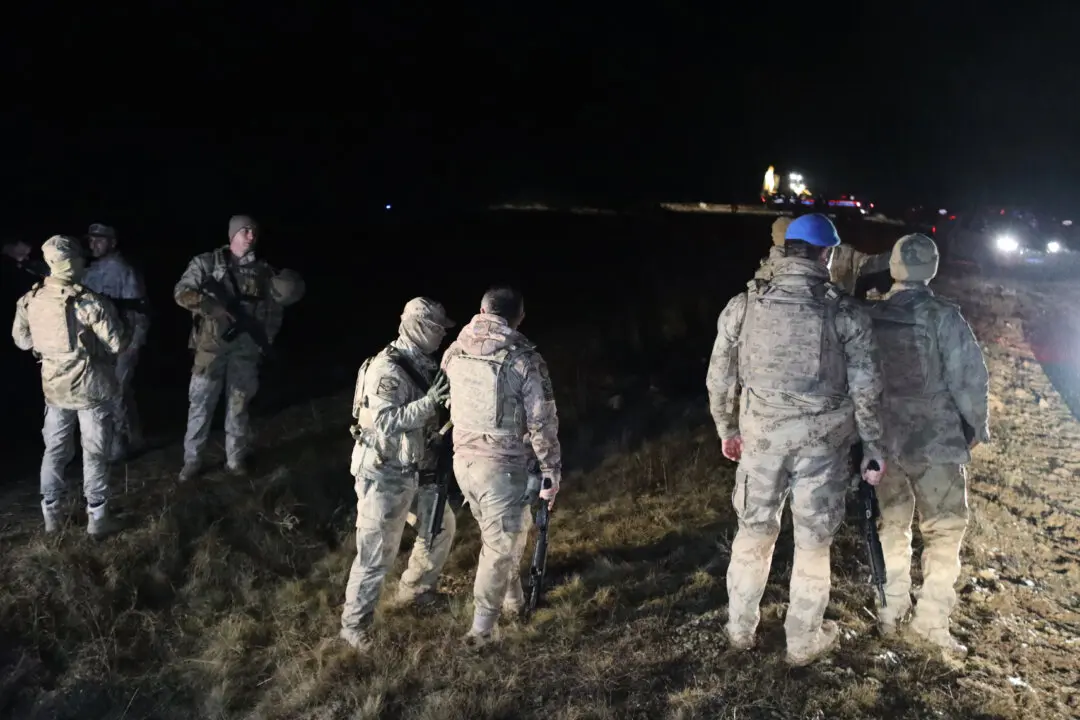DUBAI, United Arab Emirates—Two oil tankers near the strategic Strait of Hormuz were damaged in suspected attacks on Thursday, June 13, an assault that left one ablaze and adrift as sailors were evacuated from both vessels and the U.S. Navy rushed to assist amid heightened tensions between Washington and Tehran.
The Navy and the ship’s owners offered no immediate explanation on what weapon caused the damage to the MT Front Altair and the Kokuka Courageous in the Gulf of Oman off the coast of Iran, though all believed the ships had been targeted in an attack.





